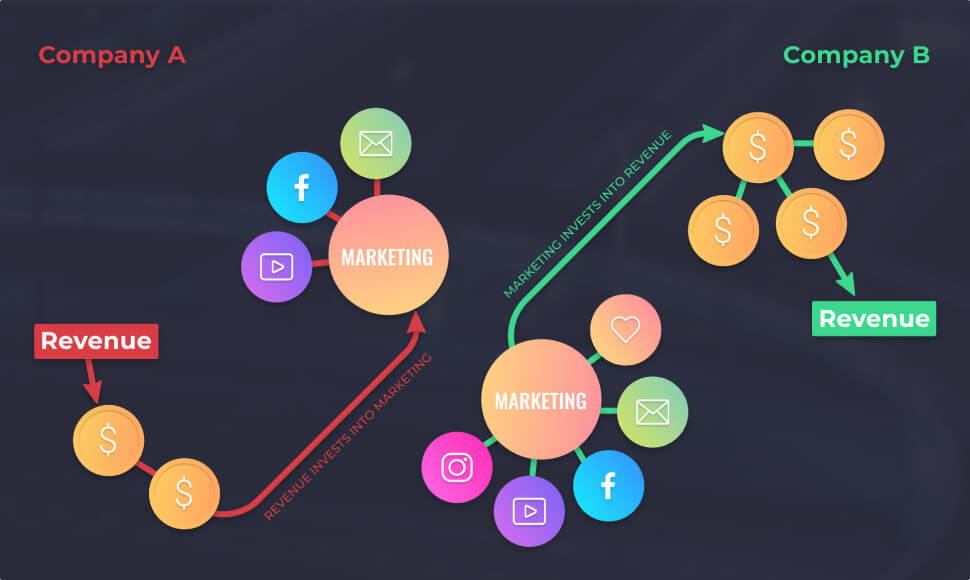Performance Marketing: The Basics

When one is asked of performance marketing, it’s easy to just say “Well, isn’t all marketing performance marketing?”. After all, the end goal of marketing is to increase performance, in whichever way that performance is measured. For most, this performance is measured as revenue increase, which is driven by direct or leveraged sales. Direct sales would be something like an e-commerce website which simply sells a product or a service. Leveraged sales could take many forms, but the simplest one would be a blogger that gains free subscribers and is compensated by various ad placements or sponsorships to which their subscription base is exposed to.
Once you start dissecting these concepts a bit further, you realize that there are many ways to skin a cat, or in this case - market an entity. Social media, SEM, affiliates, branded marketing, native, display, programmatic advertising and so on, are all tools that can be utilized to market. The difference is, how these tools are used.

Consider Company A. This company utilizes an in house infrastructure and simply operates with a marketing budget of 15% of yearly revenues. Meaning they make their best guesses which channels are producing best ROI and leverage those with the budget that is available to them. When their revenue goes up, so does marketing budget, when their revenue drops, the marketing budget follows suit.
Let’s compare that with Сompany B. This company knows that their maximum allowable acquisition cost is $1,000. This basically translates that they are willing to pay $1,000 for a customer. Company B seeks out marketing channels that allow it to attain new customers by paying a sum of up to $1,000 per customer. In other words if they get a customer - they pay, if they don’t get a customer - they don’t pay.
Receive 50 pre-qualified exclusive leads without any contracts and tech setups
at no charge
If we exclude the overhead in both approaches and compare what Company A is doing with Company B we can see how radically different they are. Company A is driving marketing with revenue and Company B is driving revenue with marketing.

In other words Company B spends money directly on acquisition and can easily scale by spending more. The approach of Company B is especially fruitful in quick turn around industries where a payment is receiving within 2 weeks of first contact with the customer. With such a quick turnaround on cash spent, the revenue from sales can be reinvested into scaling further. Meanwhile, Company A is stuck with a budget and will have a more difficult time adjusting.
 2 min read
2 min read




